Hi there.
About Me
 I help people and organizations move creative work forward—especially when the path isn't clear yet.
I help people and organizations move creative work forward—especially when the path isn't clear yet.
My work sits at the intersection of strategy, storytelling, design, and systems. I step in when teams need clarity, alignment, or traction—whether that’s for a new initiative, a major shift, or just a moment where forward motion feels stuck.
I’ve spent the last 25+ years building teams, launching platforms, guiding public-sector change, and helping organizations reconnect with their purpose. The roles have changed, but the pattern’s been steady: listen well, find the throughline, make the work better.
If you're navigating something complex or trying to make meaningful progress, that’s where I do my best work.
How I Think About Design
Below are a few brief reflections on my creative work approach.
Brand as Heart
-
Your brand is the lifeblood of your organization—it flows through your teams and into the hearts of your audience. A strong brand creates a resilient, dynamic culture, one that connects people and defines what you stand for, inside and out.
Too many brands focus on what they look like but forget to champion why they exist. Great brands aren’t just seen; they’re felt. They invite people into a story they already see themselves in.
I help brands unearth and amplify their WHY, aligning identity with purpose. The strongest brands aren’t flawless—they’re alive, constantly shaped by their people, refined by interactions, and strengthened through transparency. If you want a brand with a passionate following, give people something real to believe in.
Capital "D" Design
-
Design is momentum. It’s about testing, learning, adapting—again and again. My approach is simple:
Do something.
Watch to see if it’s working.
Find a better way to do it.
But the magic happens between the steps—in the questions we ask, the insights we uncover, and the creative cadence we establish.
The best design starts with clarity on the human story. What do people actually need? What’s getting in their way? It’s why skipping research and discovery is a fatal flaw—if you’re not talking to the people you’re designing for, you’re designing blind.
Iteration isn’t a phase—it’s the engine of meaningful design. When you embrace the process, you don’t just solve problems—you redefine what’s possible.
Empathy
-
Understanding people means feeling what they feel, noticing what they hesitate to say, and recognizing what holds them back. It’s about seeing beyond the obvious to uncover the deeper frustrations, motivations, and needs that shape how they think and act.
People ask for what they think they need, but the real challenges often lie beneath the surface. Listening isn’t enough. You have to experience their world as they do—walk their path, feel their friction, and pay attention to the obstacles they’ve learned to work around. The hidden barriers, the small frustrations, the missing moments of ease—this is where real opportunity lives.
Empathy isn’t a passive skill—it’s an active practice. It sharpens solutions, strengthens relationships, and creates work that feels effortless, intuitive, and right. The best ideas don’t just answer a question; they eliminate uncertainty and turn hesitation into confidence.
When people feel truly seen, understood, and celebrated, they engage differently. That’s what makes work resonate. That’s what makes it last.People feel seen, understood, and celebrated like never before.
Experience Design
-
People don’t just consume experiences—they live them. Whether it’s digital, physical, or something in between, the best experiences put people at ease, make them feel smart, and get out of their way.
Experience Design (XD) is about more than the interface. It’s about shaping how people feel in the moment—whether they’re navigating an app, walking into a space, or using a product.
Good XD adapts to three key factors:
Maturity – Are they familiar with the content? Do they need guidance or freedom?
Mode of Work – What’s their goal? Great design meets them where they are, giving just enough information at just the right time.
Behavioral Patterns – People work in habits. Understanding those helps us evolve tools to fit their needs, not fight against them.
If an experience isn’t approachable and intuitive, it won’t stick. Great design sparks joy, builds confidence, and turns everyday interactions into something people love.
People, Teams, and Culture
-
1+1 should always equal 3 or more. The best teams multiply potential, turning individual strengths into something greater. A strong culture fuels this momentum—where collaboration is natural, trust drives action, and people push each other forward.
Hiring the right people is only the beginning. Culture is built through shared purpose, clear expectations, and an environment where people feel ownership. The best teams aren’t micromanaged—they’re trusted, supported, and given the freedom to grow.
Work is better when it’s energizing. Play, laughter, and well-placed chaos fuel creativity. When teams are engaged, connected, and invested in what they create together, work stops feeling like work.
Showing, Telling, and Informing
-
Good communication doesn’t just happen—it’s designed. People don’t absorb information the same way, which means the best messages need to be delivered repeatedly and in multiple formats so they actually stick.
Some people connect through storytelling. Others need data and logic. Some require visuals and motion to bring clarity. The key is tuning the message to the audience—balancing clarity and creativity, entertainment and information, emotion and logic. Answer “Why should I care?” immediately, and you’ll earn their attention.
Motion and visuals aren’t just decoration—they remove the work of comprehension. The right combination of words, imagery, and experience makes understanding effortless.
Speaking Your Language
-
A brand’s voice is more than words—it’s how people experience you. The strongest voices feel approachable, authentic, and consistent, adapting naturally to time, place, and channel while always reflecting core values.
Get it right, and you build trust and loyalty. Get it wrong, and you risk alienating or even enraging the very people who once championed you. Flat, lifeless copy falls flat. A voice that’s too complex or inconsistent is impossible to sustain.
Defining language starts with alignment—vision, mission, values, and ways of working must be shaped from both inside-out and outside-in. A strong, recognizable voice isn’t just a marketing asset—it’s the foundation of meaningful connection.
Visual Thinking
-
Words can be abstract. Pictures make them real. Visual thinking isn’t just about drawing—it’s about unlocking clarity, revealing common ground, and communicating in multiple ways at once. It’s a game-changing tool that’s available to everyone, yet too often left untapped.
Fear holds people back—fear of drawing, of not being “artistic,” of getting it wrong. But perfection is the enemy of so-much-better. The simple act of picking up a pen can transform into a habit, reshaping how you communicate, align, and problem-solve.
And when it clicks, people feel seen, understood, and celebrated like never before. It’s fun. It’s contagious. And it has the power to change the way we work together.
Curriculum Vitae
The spark
Foundations in Precision
& Communication
The hum of a light table. The sharp scent of ink. The rhythmic click of a mechanical pencil against vellum. Before design became digital, it was tactile—built on the weight of paper, the discipline of layout grids, and the slow, methodical process of turning ideas into something real.
My first foray into the world of design wasn’t glamorous, but it was immersive. At Jeppesen, an aviation company rooted in precision and tradition, I wasn’t just designing pages but helping transition an entire production system into the digital age. Print layouts became interactive training materials, photostat machines gave way to QuarkXPress, and I found myself at the intersection of old-world craftsmanship and new-world possibility. It wasn’t just about making things look good; it was about making them work—communicating complex information clearly and shaping experiences that mattered. In those early days, I wasn’t just learning how to design; I was learning why design matters.
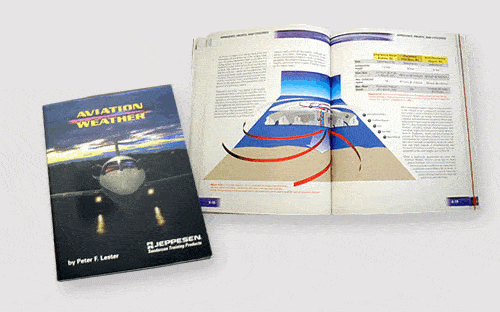

Exploring mediums
& interactive design
Design is never static. It evolves, adapts, and reinvents itself—and so did I. If my early years were about mastering the fundamentals, this phase was about pushing boundaries.
At X:CREATIVE, I co-founded a firm that blurred the lines between print, interactive, and advertising. Here, I wasn’t just executing design—I was engineering experiences, developing award-winning campaigns, event branding, and even one of the first turnkey web design companies in partnership with Verio.
At ZCom, I stepped into the fast-paced world of branding and marketing, refining my ability to communicate through visual identity, typography, and layout. But it wasn’t enough to design beautiful things—I wanted to create things that moved.
Shaping digital
& learning experiences
By this point, I wasn’t just designing—I was inventing. The landscape was changing fast, and interactive experiences were no longer a novelty; they were becoming the foundation for people learning, engaging, and making decisions.
At Flying Rhinoceros, I pushed into educational media, gaming, and animation, designing immersive digital experiences that blended storytelling with interactivity. Our work wasn’t just engaging—it was pioneering. We launched Fraboom, a first-of-its-kind custom K-12 learning platform, and developed cutting-edge interactive educational content, winning industry recognition.
At Via Training, I moved into interactive learning design, leading teams that developed training solutions for Fortune 100 clients like Nike, Microsoft, Hewlett-Packard, and Harley Davidson. These experiences honed my ability to translate complex information into engaging educational experiences, pushing the limits of early Web 2.0 and interactive content.
Then came The Curiosity Group—a proving ground for interactive and motion design. It was a time of experimentation—expanding into animation, storytelling, and immersive digital experiences. Working with clients like Apple, Hewlett-Packard, and Nike, I saw firsthand how technology could transform how brands communicate. Every project was a challenge to simplify complexity, distill information, and create something that connected with people on a visceral level.

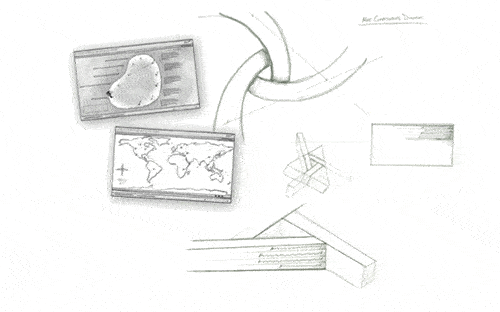
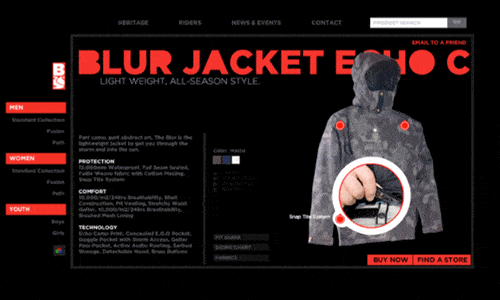
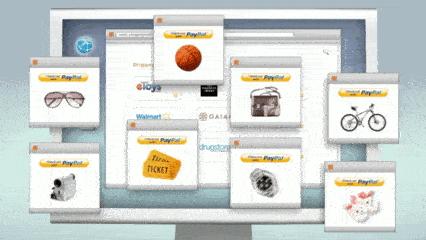

Scaling impact
through leadership
At XPLANE, I helped evolve a renowned visual thinking consultancy into a powerhouse for business transformation. As Creative Director, I expanded our interactive and motion design capabilities, built a globally distributed talent network, and played a pivotal role in studio integration after the company’s acquisition. My work wasn’t just about design—it was about clarity, alignment, and the power of storytelling at scale.
Then came Thunderhead, where the challenge was even greater: how do you take a powerful but fragmented enterprise tool and turn it into something intuitive, elegant, and indispensable? Working closely with product visionaries and technologists, I led the design of ONE Engagement Hub, a platform that set a new standard for customer journey management. It wasn’t just about interfaces—it was about changing how businesses interacted with their customers.
These years were a turning point—where design met strategy, technology met storytelling, and innovation wasn’t just about making things look better, but making them work better.
Building systems
& creative teams
Then came Territory—where I helped build a business from the ground up, shaping a consultancy that blurred the lines between strategy, storytelling, and experience design. Here, I wasn’t just guiding creative direction but also defining how the company functioned. I led the charge in business development, talent growth, and operational strategy, helping Territory become a trusted partner for Fortune 100 brands, public institutions, and emerging ventures.
This career phase cemented what I had always believed: great design doesn’t just solve problems—it creates possibility. And with the right team, vision, and approach, it can transform industries, organizations, and entire ways of working.
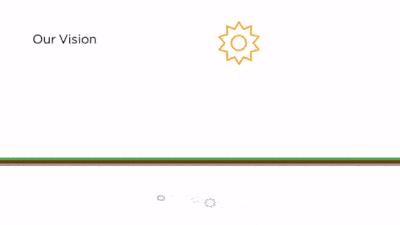
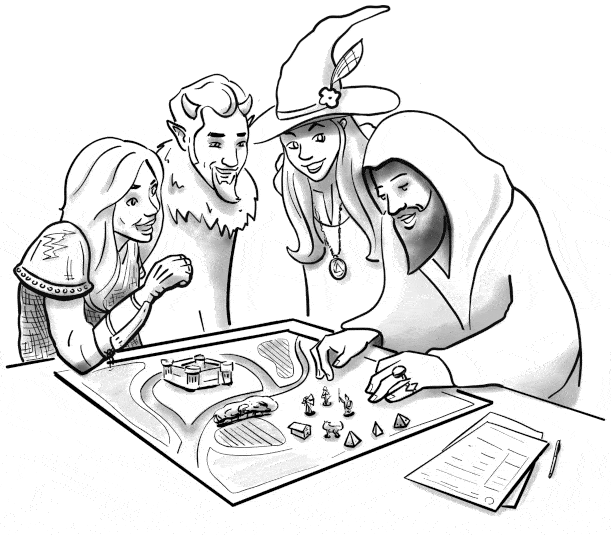
The Future
Designing What’s Next
Every project is a new adventure. The tools shift. The questions evolve. The stakes rise. But what stays steady is the need for clarity, momentum, and a shared sense of purpose.
The next challenge always looks different, but it usually begins the same way—with a meaningful problem, a bit of uncertainty, and people willing to work it out together.
That’s the work I keep coming back to.
- FIRST TOUCHES
- FIRST TASTES
Contact
Interested in learning more or receiving a project quote?